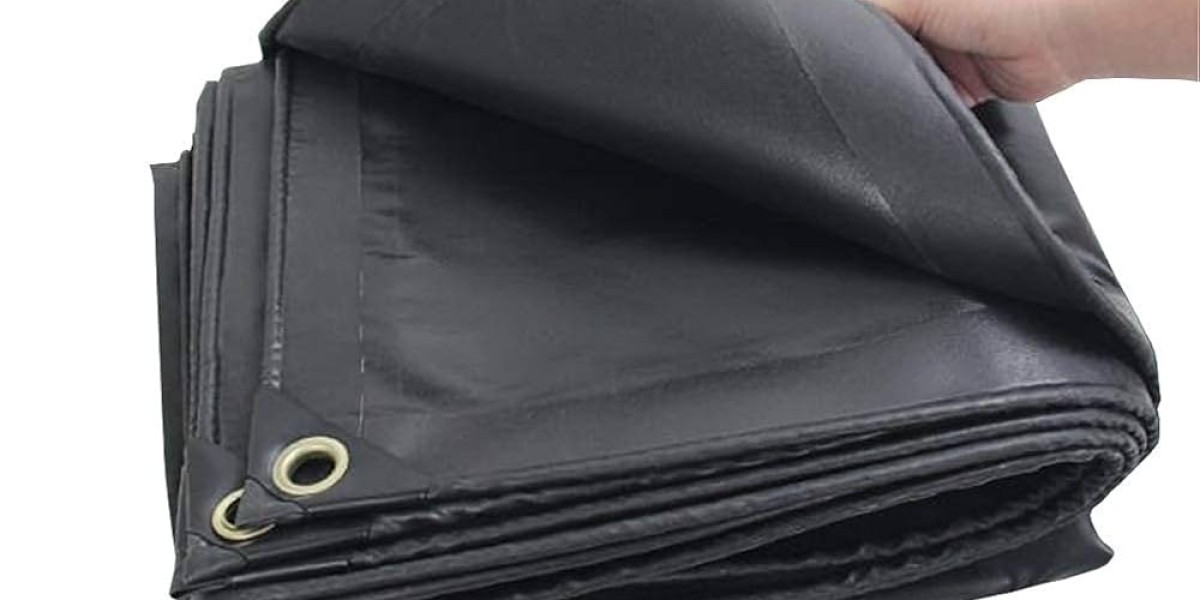Being outside doesn't always go as planned. The weather can change quickly, storms may occur, or perhaps you may get away from home. All the difference could be made in these moments with a waterproof Tarpaulin. A tarpaulin, or "tarp" for short, is a durable sheet of material that protects you from the wind and rain. In just a few minutes, you can get set up in an emergency shelter with a tarp. Knowing how to use a tarp to help you survive is a skill everyone should learn.
Why Use a Tarpaulin for Shelter?
Tarps are lightweight, packable, and very portable in your backpack. Tarps take up next to no room, but are great to have when times are tough. Tarps can be set up in all kinds of ways to meet your needs and are flexible, unlike tents. They can give you coverage in the rain, shade from the sun, and block the cold wind. And they are cheap and can be reused.
If you happen to be lost in the woods, have found yourself in a sudden storm, or need somewhere to stay dry or get out of the weather, a tarp can conserve energy and keep you safe.
Choosing the Right Spot
First, it is critical to find a safe place before you start your shelter. You need to find level ground that is not located near rivers or streams that could flood. You also do not want to locate your shelter under dead trees or trees that have loose, lightweight branches that could fall. There are great areas that have two hearty trees or rocks to tie your tarp to
Simple Shelter Ideas
There are a lot of ways to use a tarp for emergency shelter. Below are a few of the simple setups you can use:
A-Frame Shelter
This is probably the most well-known style. Tie a rope between two trees and lay the tarp over the rope like a roof. Then secure the edges to the ground with rocks or stakes. You will have formed a small tent-like shape that protects against rain and wind.
Lean-To Shelter
If you require only protection from wind or light rain, a lean-to is a reasonable option. You tie the tarp on one side, attach it to a tree or pole, and pin the other side to the ground. The Heavy Duty Tarpaulin is then slanted to create a wall, on which you may sit or lie down.
Flat Roof Shelter
On a hot sunny day, you can tie the tarp flat between two trees for shade. This is an excellent shelter type if you want to rest during the day.
Cocoon Shelter
In an emergency, you can wrap the tarp around yourself like a sleeping bag. This will keep heat in, block the cold from getting too close, but it can be uncomfortable compared to the other variations.
Tips for Stronger Shelters
A tarp shelter will only be as effective as the way it is set up. Here are some tips to make it stronger and safer:
Always face the opening away from the direction of a strong wind.
If you don't have stakes, use rocks, logs, or sticks to hold the edges down.
Ensure the tarp is tight, so when it rains, water does not pool on top.
If possible, set up your shelter in a location with natural barriers (bushes, large rocks, etc.) for some additional cover.
Staying Warm and Safe
While the tarp protects you, inside, you still must keep warm and dry. Use dry leaves, grass, or pine needles as bedding to make a nice, comfy bed under your shelter. Bedding keeps you off the cold ground. If you are using a blanket or sleeping bag, put it on the natural bedding you made. In cold weather, holding your body heat is as important as blocking wind and rain in the first place.
Why Every Survival Kit Needs a Tarp
When people head outdoors, they usually think to pack matches, a flashlight, or food, but when it comes to covering, they inadvertently leave that piece of survival gear behind. In fact, shelter from the elements is one of the top needs for survival. Without shelter, you can become ill, be robbed of energy, or suffer other serious life-threatening effects from the weather when the temperature is too hot or cold. A tarp is light, easy to fold, and fits in any small stuff bag that you probably have around. It should be part of your emergency pack.
Final Thoughts
A waterproof tarpaulin is not just a piece of plastic or fabric; it is a survival tool! A tarp can provide shade, protection from rain, and even a windbreak. It is literally something that you can turn into a safe shelter in minutes. If you learned how to set up a simple A-frame or a lean-to, you are well on your way to staying safe and comfortable outside.
The next time you go hiking, camping, or even on a road trip, remember to pack a tarp! Because even in the case of an emergency, this little item may be what keeps you protected until help arrives.






